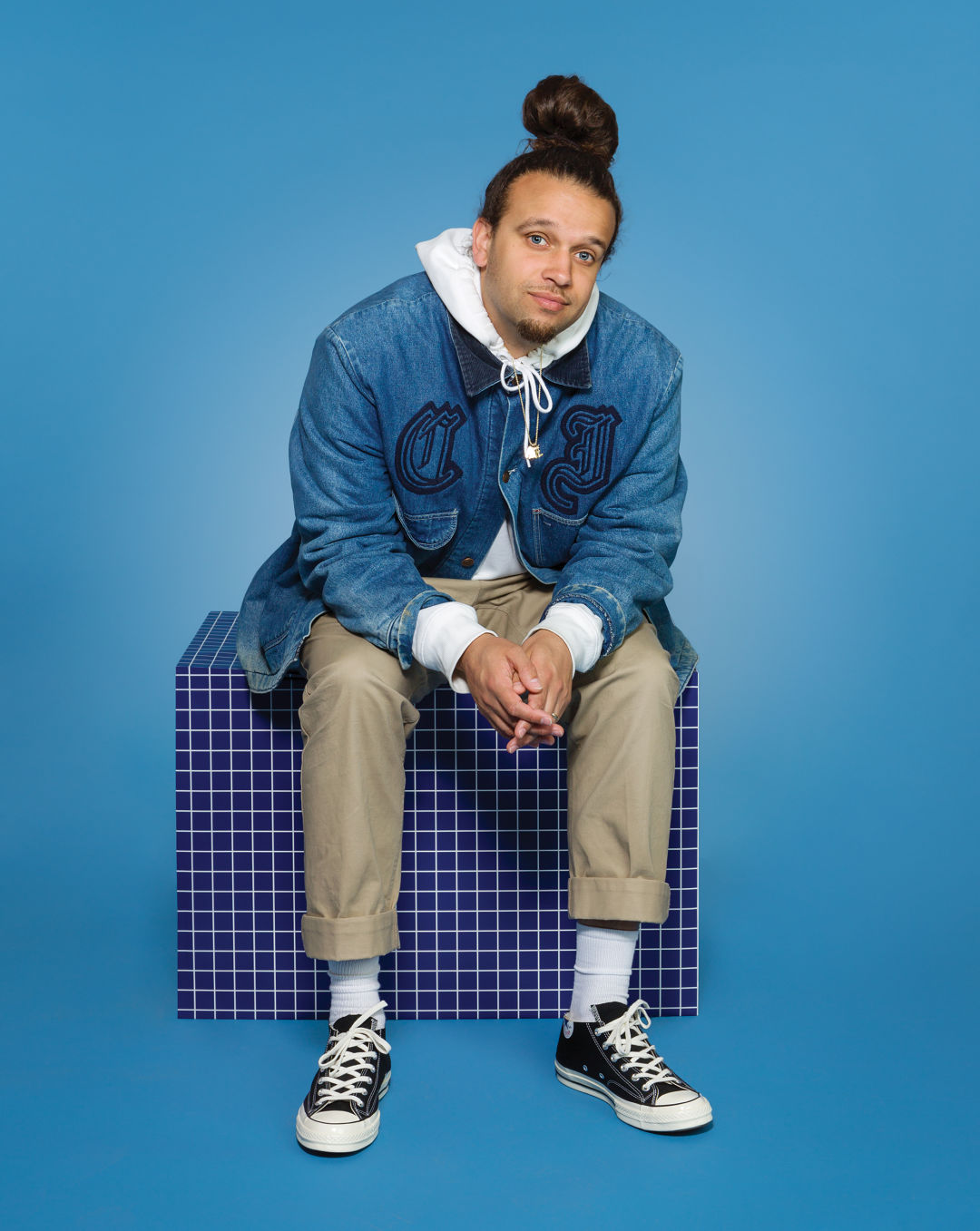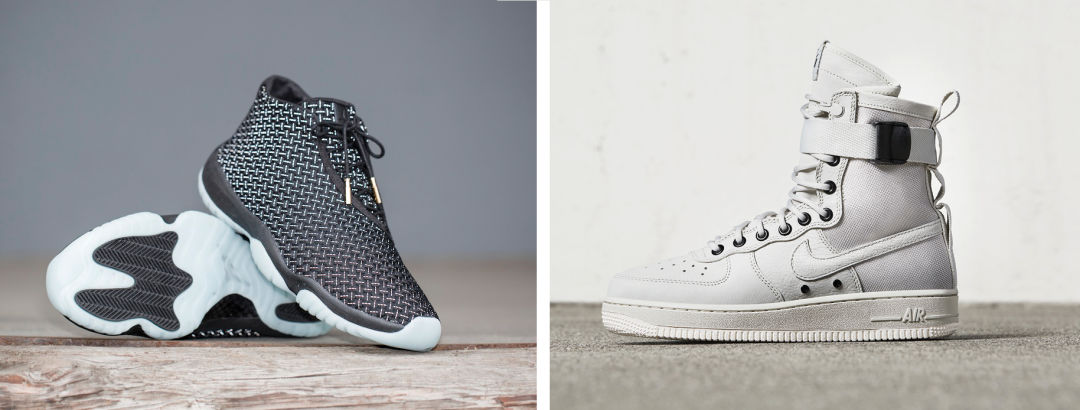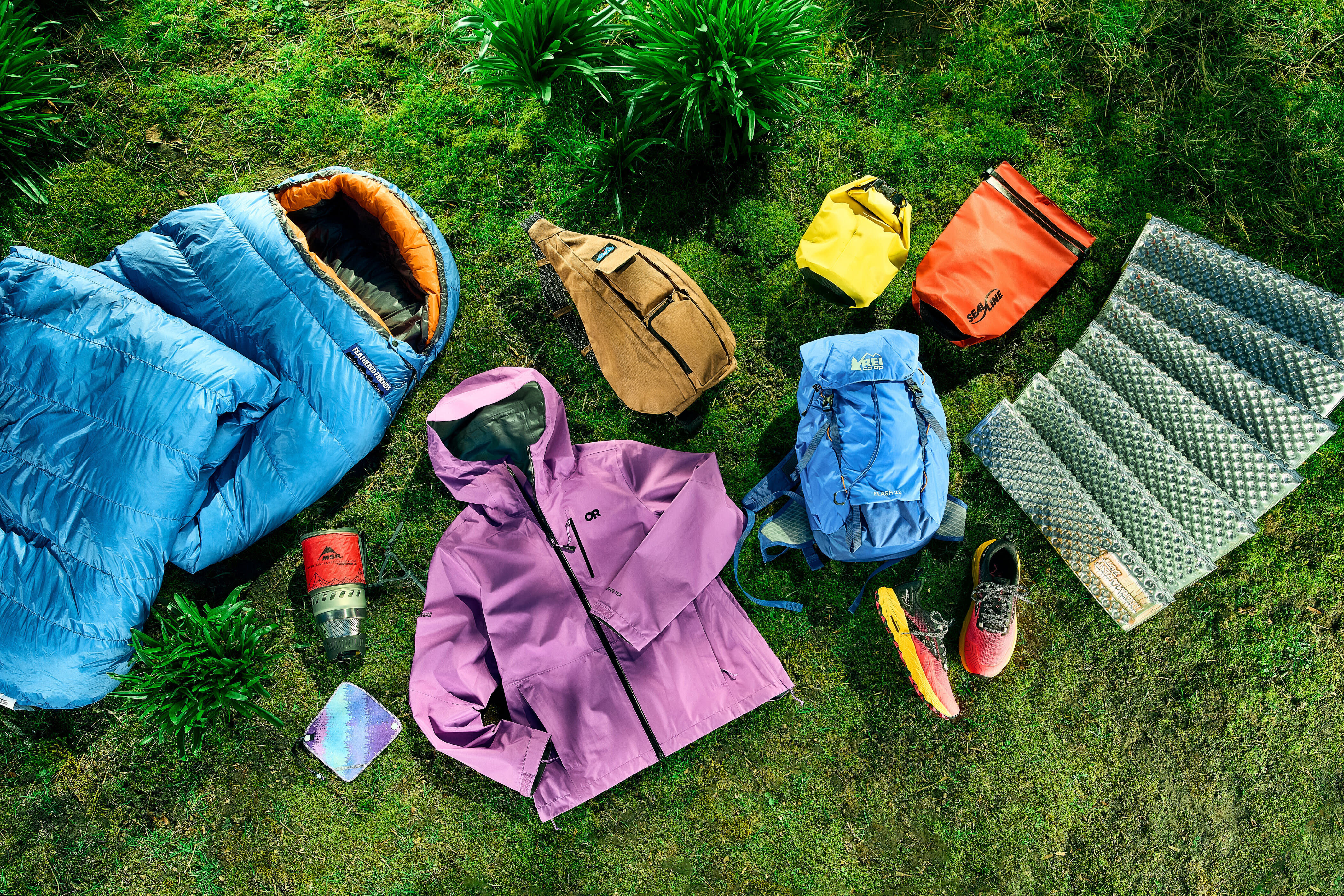How Seattle Helped to Shape the Man Behind Some of Nike’s Most Rebellious Sneakers

Ben Kirschner grew up loving Nikes. Now he designs them (though sometimes he rocks Converse, a Nike subsidiary).
Image: Nicolle Clemetson
There’s nothing quite like a fresh pair of kicks—a message by way of leather and rubber that says, I’ve got ridiculous style. So when a young Ben Kirschner would walk into a gym to play basketball, the court became a stage. “You always wanted the best Jordans to wear before your game because you want to be cool, you want to stand out,” the 32-year-old remembers. To be distinct on the hardwood he had to cop some covetable sneaks. It wasn’t long until Kirschner realized he wanted to be the guy creating them.
As a footwear designer for Nike—first in the Air Jordan line—Kirschner’s path to shoe greatness started in Seattle. He grew up in Bellevue (and later Seattle, too), but on weekends he’d hop on a 550 bus with his friends to hit up go-tos like Nike Town and Sneaker City; he’d wait in line for limited releases, waking up early to see that his newfound community of sneaker heads had put out a chair for him. It was his second family in the early aughts.
Years later, while seeking a degree in industrial design at the University of Washington, a program that prepped students for jobs at Microsoft or Boeing, Kirschner felt uninspired: “I was like, ‘I don’t want to work on airplanes.’ ” His dream was to design for the greatest sneaker company of all. Alas, UW didn’t have someone to guide him, so Kirschner drove three and a half hours, twice a week for two years, to build his portfolio and intern at Nike’s headquarters in Beaverton, Oregon. By his junior year, the company wanted to hire him. He finished school first instead.

Air Jordan Futures (left)
“What are the little nuances from the past that you’re going to keep and what are the things you’re going to push forward? Those were the Jordan Futures.” $150
Nike Special Field Air Force 1 (right)
“A lot of people laughed at that shoe. They were like, ‘This isn’t going to work, this isn’t good.’ Then people went crazy for it.” $180
The designer’s been with Nike for eight years now, lately as its global marketing director, recasting beloved classics into such shoes as the Special Field Air Force 1 and Air Jordan Future, two styles that turned (sneaker) heads. “It’s a respect for the old design and modernity,” observes Aaron DelGuzzo, owner of Capitol Hill’s Likelihood shoe store. “But he isn’t just a sneaker geek; he’s a culture geek too—diversity in Seattle is a huge inspiration for his work.” And it shows.
“I decided I’m going to do it for those people who stand in lines, for the community…for us,” he says of the Air Jordan Future. For the prototype he took the sole from a pair of Jordan 11s, used woven knit material with reflective details as the body of the shoe (aka “the upper”), threaded laces into the fabric asymmetrically, and wore these singular kicks to Nike’s annual Sneaker Ball, a party where you show off like you were stepping onto, say, a basketball court. “For me to take the Jordan 11 bottoms is blasphemy,” says Kirschner, but “I made a shoe for myself as that kid who wanted something new, something unique.”




